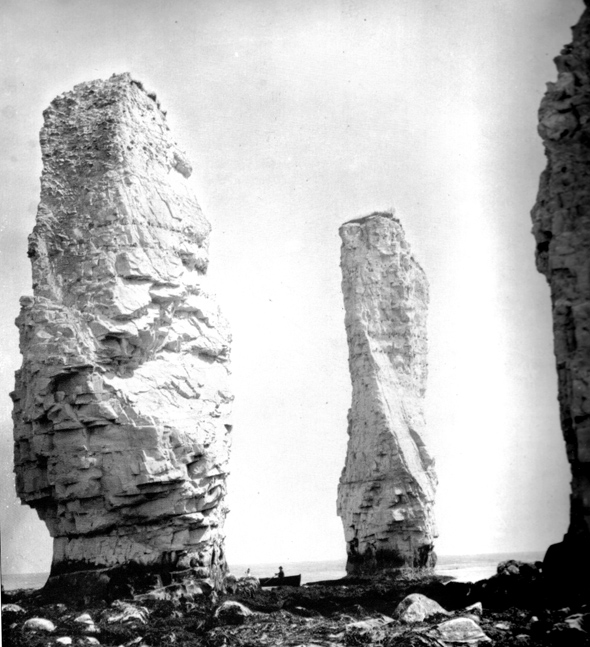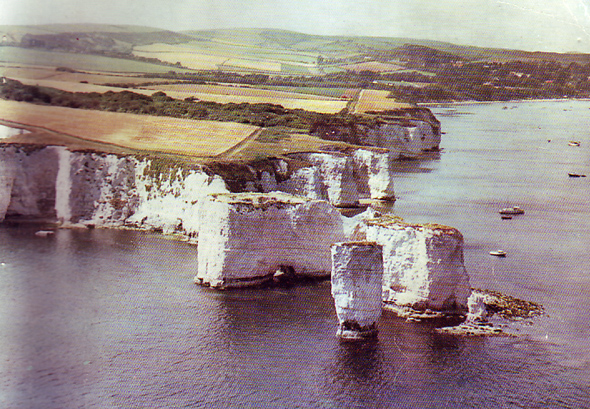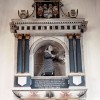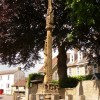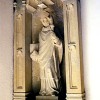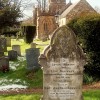The Revd. John Morton Colson and his wife Julia had a daughter and a son; a small family for the early 19th century. We might have expected their daughter, Julia, to marry and have a family and their son to follow his father, grandfather and great grandfather into the church. It was their daughter who championed the Christian cause and spent her life doing good works and helping others, but what did their son, Thomas, make of his life? (See our story Miss Julia Colson of Swanage in the Swanage Category.)
It was clear from an early age that Thomas was not going to take up an ecclesiastical vocation. Early in 1851 when the census was taken we know this small family was all together at the family home in Swanage. Thomas is described as a midshipman. Thomas’ father died in 1863 and his mother passed away two years later.
We have not found Thomas in the 1861 census but we do know he married Sarah Wardley early in 1861 at Islington in London. Sarah was from Suffolk but in 1851 at the age of 15 she was working as a servant in a coffee house at 15 South Street, St. Marylebone, London; it seems Thomas did not hold with convention and married below his station.
Thomas and Sarah named their first child Louisa Story, Story being a reference to the maiden name of Thomas’ mother. The child was born at Poplar in London in the first-half of 1864. The couple named their second child, Julia, again after Thomas’ mother; the birth was registered at Mile End Old Town, London in 1867. We believe the couple had at least one other child that did not survive infancy.
A year later their third child, another daughter, Florence Maude was born at Netherbury in Dorset. Then in Somerset in 1869 Sarah delivered a son who was named after his father, Thomas Morton Colson. A year later another daughter, Mary, was born at Creech. These events suggest something of a turning point in the fortunes of Thomas and Sarah. The 1871 census shows the couple living at Creech St. Michael, Somerset. Thomas is described as a landowner – no occupation. Here in Somerset Thomas and Sarah benefited from the help of two servant girls but it seems they did not stay long in Somerset. By the first quarter of 1872 Thomas had moved his family back to Dorset and they were living in Radipole near Weymouth. It is here that their next child Robert Worgan Morton Colson was born.
We do not know how long they stayed in Dorset but by 1881 the family had moved to Linkenholt in Hampshire. The census for that year reveals that Thomas is a Farmer Landowner occupying 1030 acres and employing thirteen men, eleven lads and two women. All of the children are with their parents and in education except their eldest, Louisa, who is a pupil at a boarding school at Littlehampton.
A decade later we find the family back in London at 3, Adam Street, St. Martin-in-the-Fields where they own a small hotel run by Sarah who is described as a Hotel Keeper; she is assisted by daughters Louisa and Florence. Thomas Junior is an Electric Engineering Student; Mary is a clerk in an envelope addressing office and Robert is a clerk in a stained glass works and their father is working as a clerk in a newspaper office. Ten years on and we find Thomas and Sarah still running their hotel; with them is their daughter Mary who works as a clerk. Judging by the guests registered at the hotel in the 1891 and 1901 census returns the hotel was not a tremendous success.
Thomas Morton Colson was baptised at St. Mary’s, Piddlehinton, on the 10th of April 1833. His death was registered in the first quarter of 1908 at Wandsworth, London; he was 75. Three years later we find his widow on her own, a lodger at 24, Sydney Road, Richmond, Surrey: she is said to have “small private means.” Sarah’s death was registered early in 1913 at Chelsea, London, she was 73 years old.
Thomas Morton Colson appears to be a man who did not play by the rules and conventions of the day. We wonder what his father, who for forty years was the Rector of St. Peter’s, Dorchester, would have made of his son’s journey through life. Marrying for love his entrepreneurial spirit was, perhaps, kick started by an inheritance that does not seem to have grown under his guardianship.
